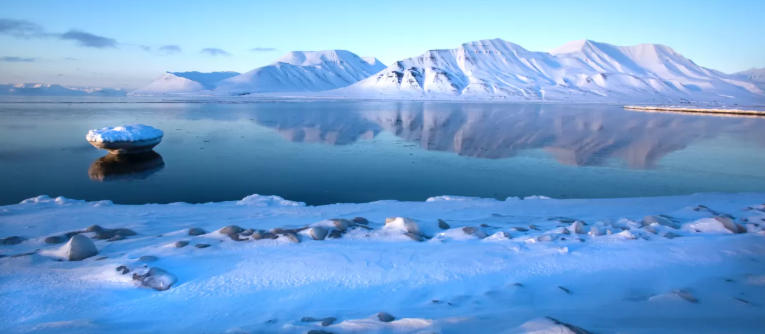The Geography of Norway’s Arctic Regions
The Arctic regions of Norway present a fascinating blend of breathtaking landscapes, unique ecosystems, and rich cultural experiences. Understanding this geography is crucial, not just for enthusiasts of nature and adventure, but also for those interested in climate change and its impacts. This blog will explore the key geographical features of Norway’s Arctic regions and their significance.
Natural Wonders of the Arctic Landscape
Norway’s Arctic regions are characterized by stunning fjords, towering mountains, and expansive glaciers. The Svalbard archipelago, one of the northernmost inhabited areas in the world, boasts dramatic cliffs and pristine beaches, while the mainland features spectacular features like the Lyngen Alps and the Lofoten Islands. This diverse terrain attracts hikers, climbers, and photographers from around the globe, allowing visitors to immerse themselves in some of Europe’s most awe-inspiring vistas. Additionally, the interplay between land and sea creates unique ecosystems that support a variety of wildlife, including polar bears, walruses, and Arctic foxes.
Climate and Seasonal Changes
The climate in Norway’s Arctic regions is primarily polar, meaning it experiences long, harsh winters and short, cool summers. Winters see temperatures drop well below freezing, particularly in areas north of the Arctic Circle. However, this extreme climate also brings the beauty of the Northern Lights, a natural light display that captivates those lucky enough to witness it. Summers, on the other hand, can feature midnight sun phenomena, where the sun does not set for weeks. These climatic extremes have defined the lifestyles of the indigenous Sami people and other local inhabitants, shaping their traditions, diets, and cultural practices.
Impact of Climate Change
As one of the first regions to feel the effects of climate change, Norway’s Arctic areas are essential for understanding global environmental shifts. Glaciers are melting at an alarming rate, which not only poses risks to local flora and fauna but also contributes to rising sea levels. The Arctic environment serves as an early warning system for the rest of the world, urging a critical look at our collective impact on the planet. Initiatives aimed at conservation and sustainability are essential in preserving these fragile ecosystems for future generations, emphasizing the interconnectedness of local and global efforts to combat climate change.
In conclusion, the geography of Norway’s Arctic regions is not only captivating but also integral to our understanding of global environmental issues. Whether you’re an adventurer, a nature lover, or someone concerned about climate challenges, there’s much to explore and learn. Take the next step in your journey by seeking out more information on this incredible part of the world, or consider planning a visit to experience its wonders firsthand.

